

AbstractNoncollinear magnetic orders in monolayer van der Waals magnets are crucial for probing delicate magnetic interactions under minimal spatial constraints and advancing miniaturized spintronic devices. Despite their significance, achieving atomic-scale identification remains challenging. In this study, we utilized spin-polarized scanning tunneling microscopy and density functional theory ...

AbstractThe interplay between nontrivial band topology and layered antiferromagnetism in MnBi2Te4 has opened a new avenue for exploring topological phases of matter1,2,3,4. The quantum anomalous Hall effect5 and axion insulator state6 have been observed in odd and even number layers of MnBi2Te4, and the quantum metric nonlinear Hall effect7,8 has been shown to exist in this topological antiferr...
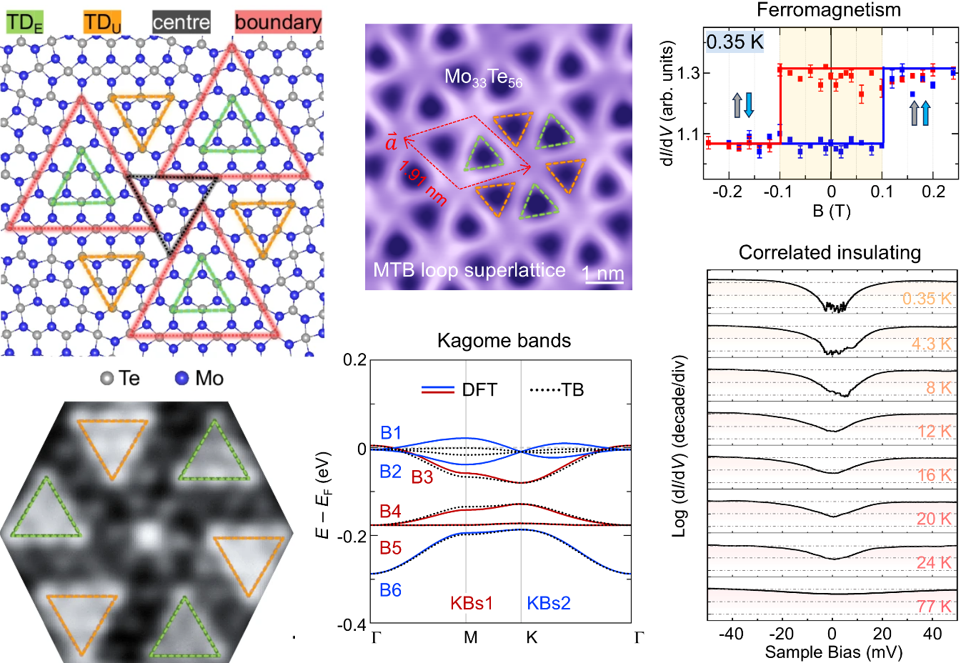
AbstractAlthough the kagome model is fundamentally two-dimensional, the essential kagome physics, i.e., the kagome-bands-driven emergent electronic states, has yet to be explored in the monolayer limit. Here, we present the experimental realization of kagome physics in monolayer Mo33Te56, showcasing both ferromagnetic ordering and a correlated insulating state with an energy gap of up to 15 me...

AbstractA reduced dimensionality of multiferroic materials is highly desired for device miniaturization, but the coexistence of ferroelectricity and magnetism at the two-dimensional limit is yet to be conclusively demonstrated. Here, we used a NbSe2 substrate to break both the C3 rotational and inversion symmetries in monolayer VCl3 and, thus, introduced exceptional in-plane ferroelectricity in...

AbstractThe delicate interplay among the complex intra/inter-layer electron–electron and electron–lattice interactions is the fundamental prerequisite of these exotic quantum states, such as superconductivity, nematic order, and checkerboard charge order. Here, we explore the filling-dependent multiple stable intertwined electronic and atomic orders of the flat-band state of 1T-TaS2 encompass...
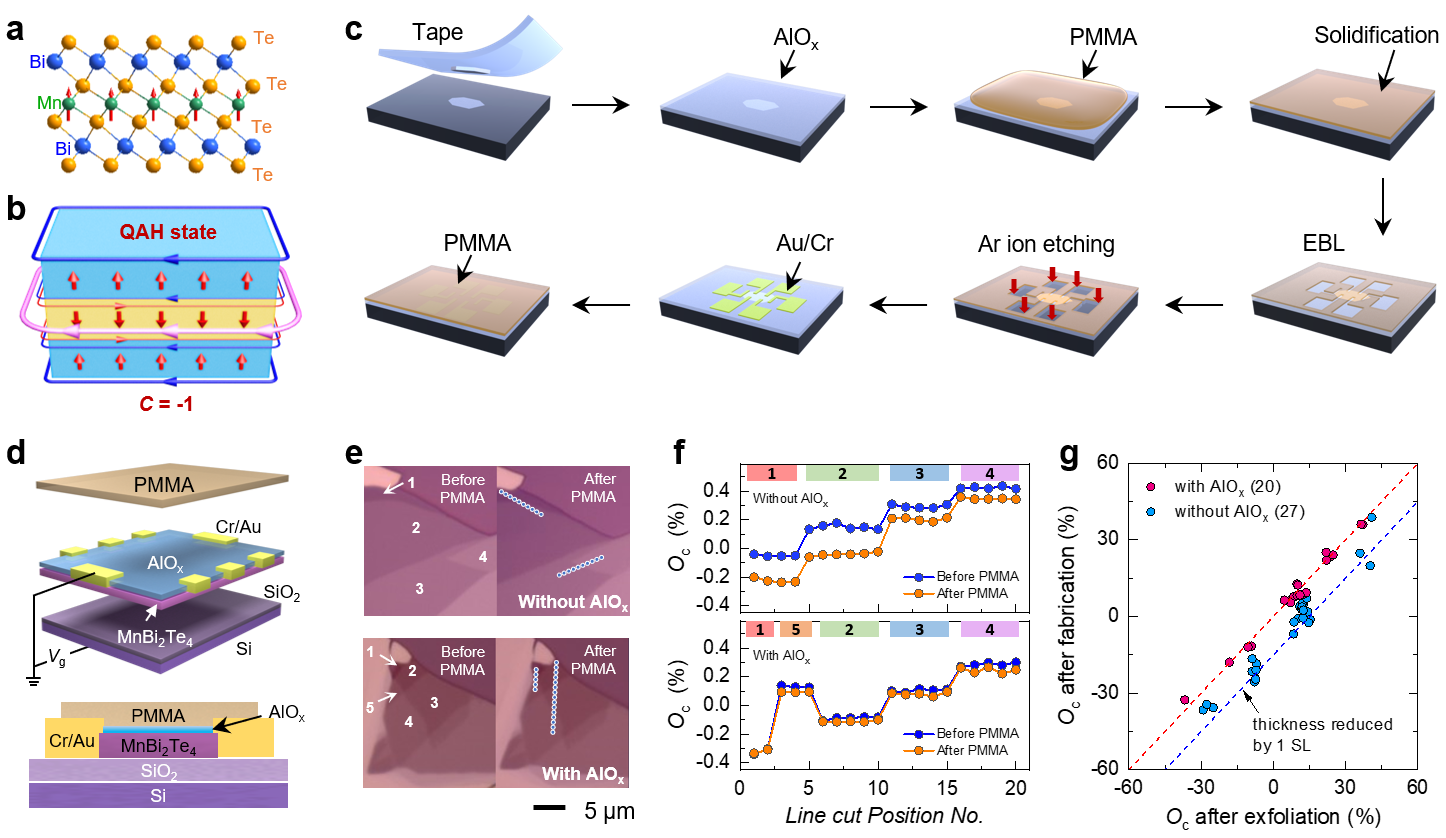
AbstractThe quantum anomalous Hall effect in layered antiferromagnet MnBi2Te4 harbors a rich interplay between magnetism and topology, holding a significant promise for low-power electronic devices and topological antiferromagnetic spintronics. In recent years, MnBi2Te4 has garnered considerable attention as the only known material to exhibit the antiferromagnetic quantum anomalous Hall effect....
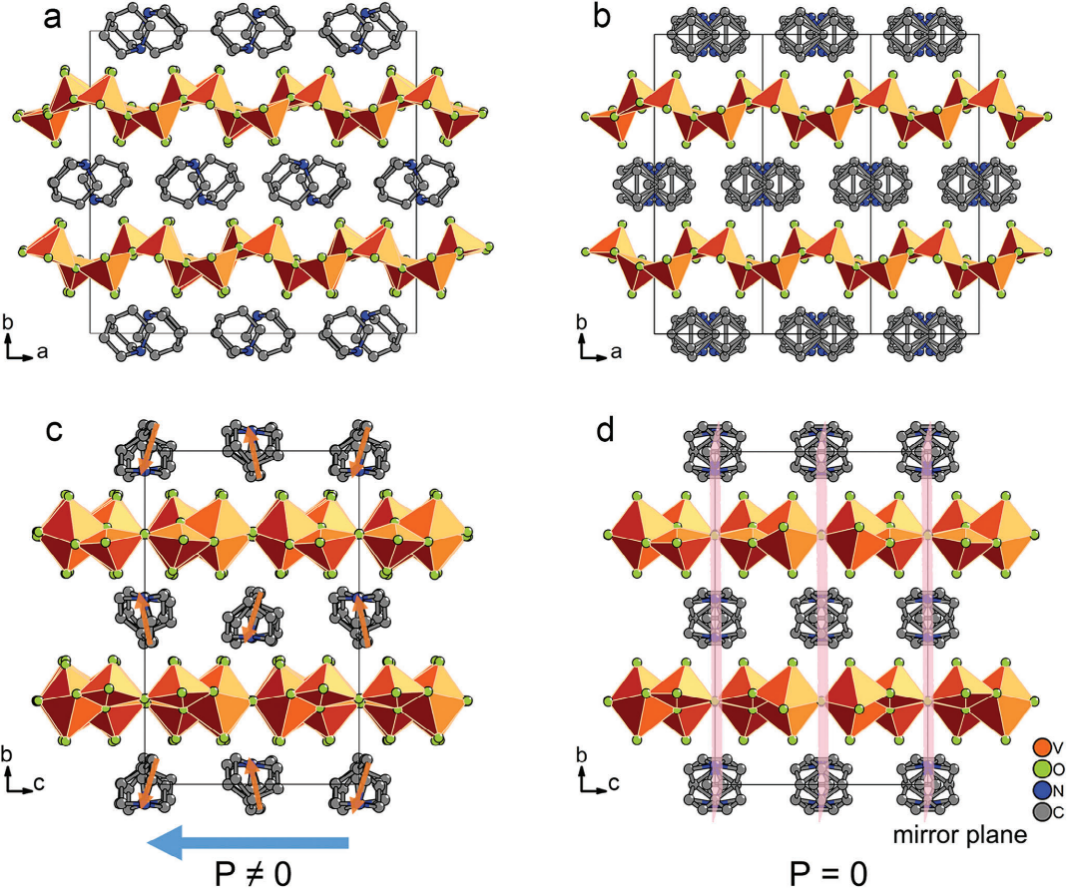
AbstractWith the discovery of colossal magnetoresistance materials and high-temperature superconductors, Mott insulators can potentially undergo a transition from insulating state to metallic state. Here, in molecular ferroelectrics system, a Mott insulator of (C7H14N)3V12O30 has been first synthesized, which is a 2D organic–inorganic ferroelectric with composition of layered vanadium oxide an...
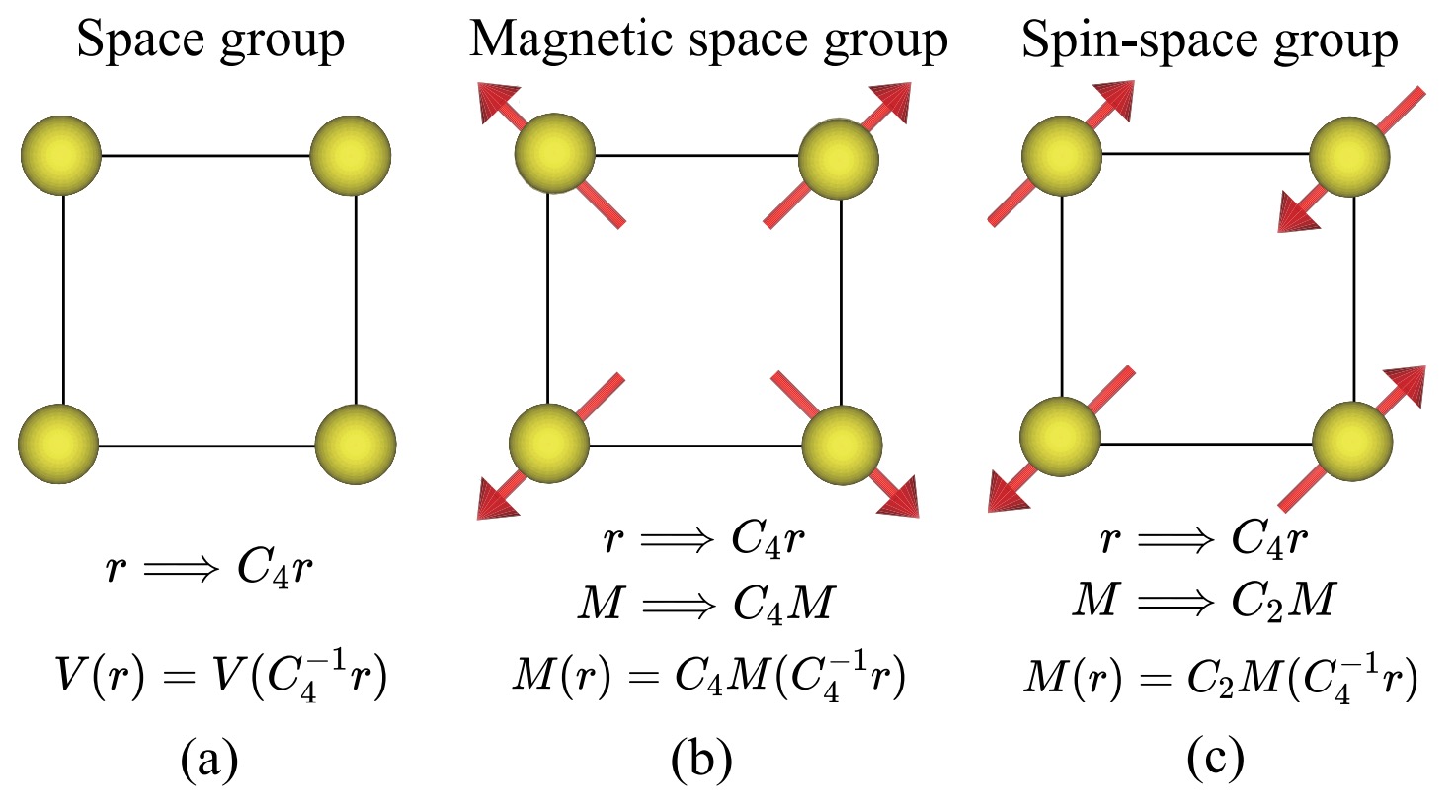
AbstractLinearly dispersive gapless quasiparticles can appear at general momentum points or on high-symmetry momentum lines of superconductors because of topological reasons such as K theory or symmetry indicators theory. However, the zero modes associated with these quasiparticles are generally “accidental” from symmetry point of view. In this paper, we apply projective representation (rep) ...
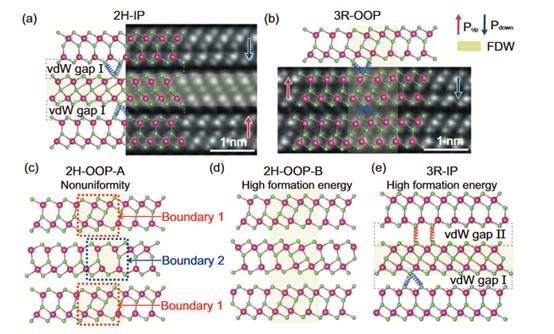
AbstractThe structure and dynamics of ferroelectric domain walls are essential for polarization switching in ferroelectrics, which remains relatively unexplored in two-dimensional ferroelectric α-In2Se3. Interlayer interactions engineering via selecting the stacking order in two-dimensional materials allows modulation of ferroelectric properties. Here, we report stacking-dependent ferroelectri...

AbstractScanning tunneling microscopy (STM) vibronic spectroscopy, which has provided submolecular insights into electron-vibration (vibronic) coupling, faces challenges when probing the pivotal low-frequency vibronic excitations. Because of eigenstate broadening on solid substrates, resolving low-frequency vibronic states demands strong decoupling. This work designs a type II band alignment in...